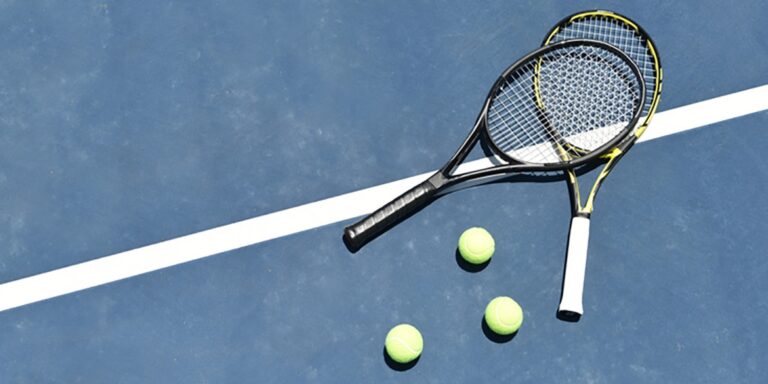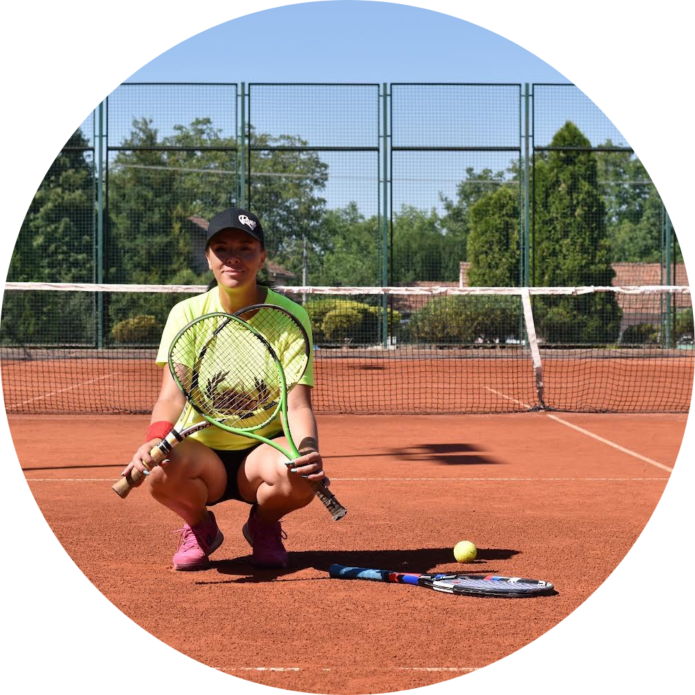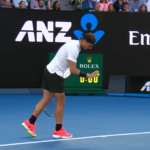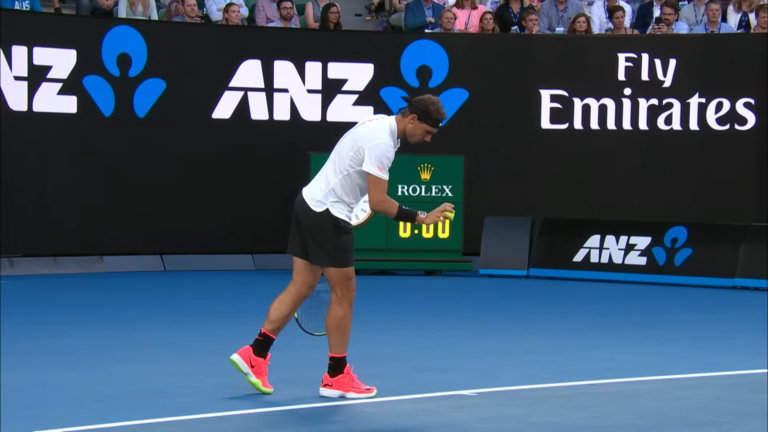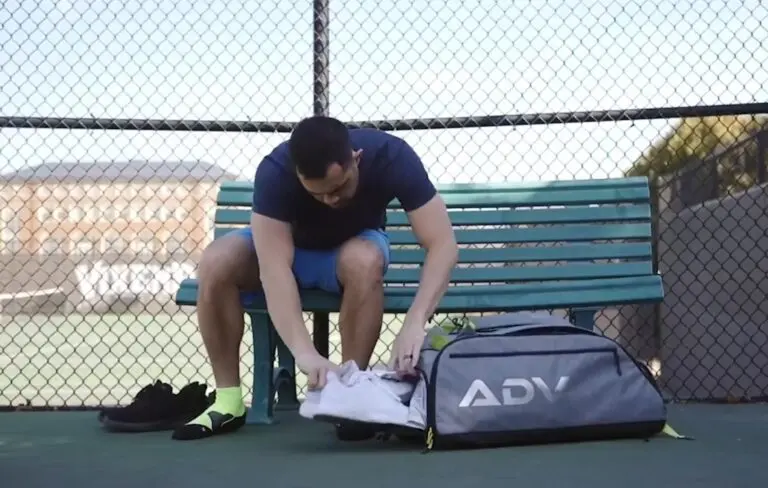Tennis is a sport with many nuances and subtle complexities. The nuances of the game are evident in the small details, with great players able to execute shots from angles, locations, and speeds that leave their opponents scrambling for answers. These details are best realized when choosing your first tennis racket.
The right racket can provide a player with an edge by making it easier to return shots and control the ball. Your first tennis racket can be daunting as there are so many different factors to consider; weight, balance, size, and string pattern.
However, after reading this guide you’ll be equipped with all the knowledge you need to make an informed decision about which type of racket is right for you. Keep reading to learn more about what makes a good tennis racket and how these features affect your game!
The different types of rackets
There are three main types of tennis rackets, with each type serving a different purpose.
Power Rackets

Power rackets (also known as game improvement rackets) are rackets designed for players who have short or slow swings yet wish to create a lot of power on their strokes.
Their huge heads are the most distinguishing characteristic. Furthermore, power rackets will be light, long, and highly weighted toward the head.
Intermediate Rackets
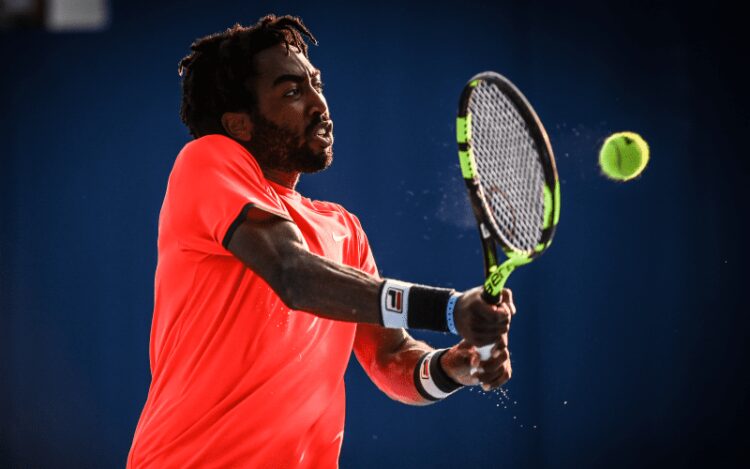
Intermediate rackets are a cross between a power racket and a player’s racket. They sacrifice some power with reduced head size but gain maneuverability by being lighter and more uniformly distributed. These are excellent rackets for intermediate players.
Player’s Rackets
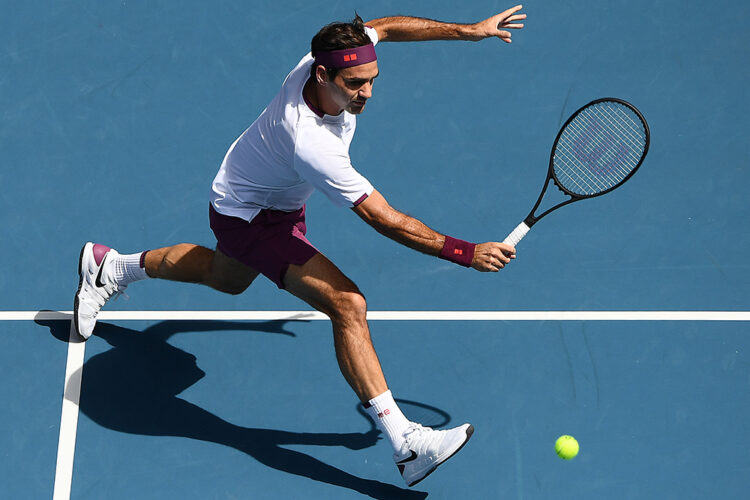
Player’s rackets are rackets often used by collegiate and professional tennis players. Because the head sizes are substantially smaller and the weight is well balanced, power strokes are produced by the player rather than the racket in these versions.
With a larger overall weight, these rackets sacrifice some mobility but provide the player with complete control over their shots.
Basics to consider when buying a racket
Many cricketers love both playing and watching the game. With the introduction of the internet, gamers may now watch and wager on sports on several sportsbooks such as the parimatch app.
If you’ve ever played tennis or any sport for that matter, you know that the gear matters. Your equipment impacts your performance as much as your technique and strategy.
Head Size
The larger the head size of the racket, the greater the power. The sweet spot of the racket is also larger, allowing players who frequently smash off-center to produce power. The disadvantage of having a huge head is that you lose some control.
Stiffness
Racket stiffness refers to how much the frame bends while striking the ball. Stiffer frames will deflect the ball more, boosting power, but more flexible frames would absorb the impact of the ball, decreasing power.
Weight
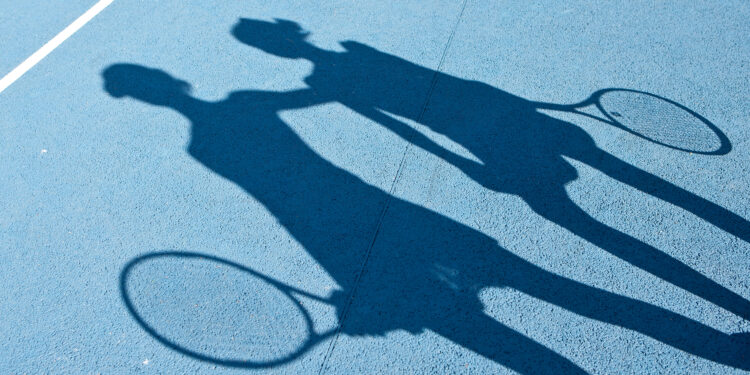
Heavier rackets provide more power, while lighter rackets have more agility and swing speed. When the ball is struck, heavier rackets absorb less stress than lighter rackets.
Balance
A racket may be heavier in the head to generate greater power, whilst other rackets may be more equally distributed. Evenly balanced rackets provide less power but provide better control.
Length
A longer racket has the advantage of giving you additional groundstroke reach. Longer rackets can generate greater power but may sacrifice mobility.
The importance of Racket’s Weight
The weight of the racket is probably the most commonly discussed piece of equipment when it comes to tennis. As a general rule, the heavier the racket, the more power you can generate.
Conversely, the lighter the racket, the more control you have over the ball. There is a small margin where these two qualities meet; this is where the best tennis rackets lie. This means that if you want to be able to hit a huge topspin cross court, you need a heavier racket.
However, if you want to be able to create spin with a slice backhand, a lighter racket would be a better choice. If you are unsure about which weight is best for you, you can always ask a sales associate for advice.
The balance is more important than the weight
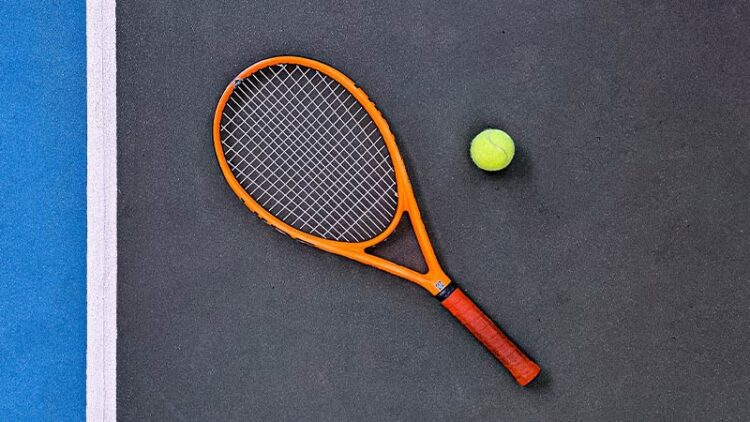
The balance of a racket is how the center of mass is distributed throughout the frame. The center of mass is the spot that, if the racket were suspended in air, would be the balancing point for the racket. The recommended balance for a tennis racket is 32% of the racket head towards the handle and 68% towards the head.
The most common mistake that beginners make when purchasing a racket is choosing one that is too heavy. Although it might seem like more weight will increase your power, having too much weight towards the handle can actually decrease your power.
String pattern and how it affects your game
The string pattern on a racket refers to the sequence in which the strings are strung. The standard pattern is with all the strings being parallel, but there are variations on this.
A looser string pattern will result in more spin, but will also make the racket less powerful. A tighter string pattern will generate more power but will lose some control. Although string patterns can affect your game, it is a factor that many beginners overlook.
Most of the time, people choose a racket based on appearance and brand, rather than the string pattern. If you’re looking for a racket that will better suit your game, you should definitely take string patterns into consideration.
How head size affects a racket’s performance
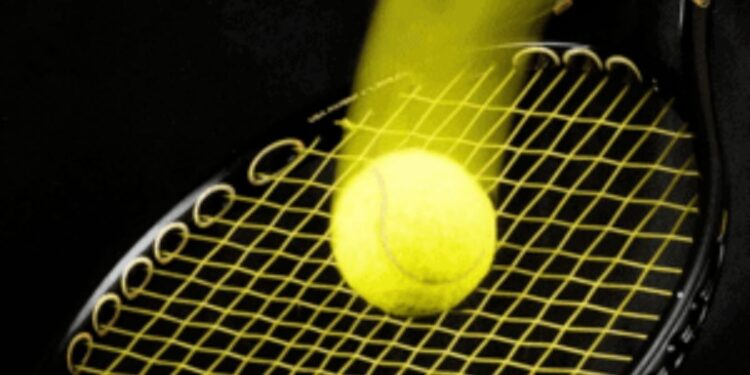
The head size of a tennis racket can have a big effect on the type of game that you can play. Generally, the larger the racket, the slower the swing speed. This means that the larger heads are best for baseline players who want to take a more powerful, yet slower approach.
Smaller heads are best for players who like to rally from the baseline but are also able to hit winners from the net. The head size is another detail that many beginners overlook. If you’re unsure of which racket head size is best for your game, you can always ask a sales associate for advice.
Conclusion
The right tennis racket can make all the difference in your game. Choosing a racket that is the right weight and head size for your game will help you to play your best tennis.
While price, brand, and appearance are all important factors, they aren’t the only things that you should be considering when looking for a new racket. By keeping the above information in mind, you can make a more informed decision when buying your next tennis racket!
Related:
- Top 19 Best Tennis Bags 2024 [Unbiased Reviews]
- 20 Best Tennis Shoes 2024 - Stylish and Athletic
- 18 Best Tennis Racquets 2024 - Exclusive Reviews &…
- 15 Best Tennis Balls 2024 - USTA and ITF Approved
- 15 Best Tennis Racquet for Beginners & Intermediate…
- 10 Best Tennis Ball Machine 2024 - Perfect for Solo Players

